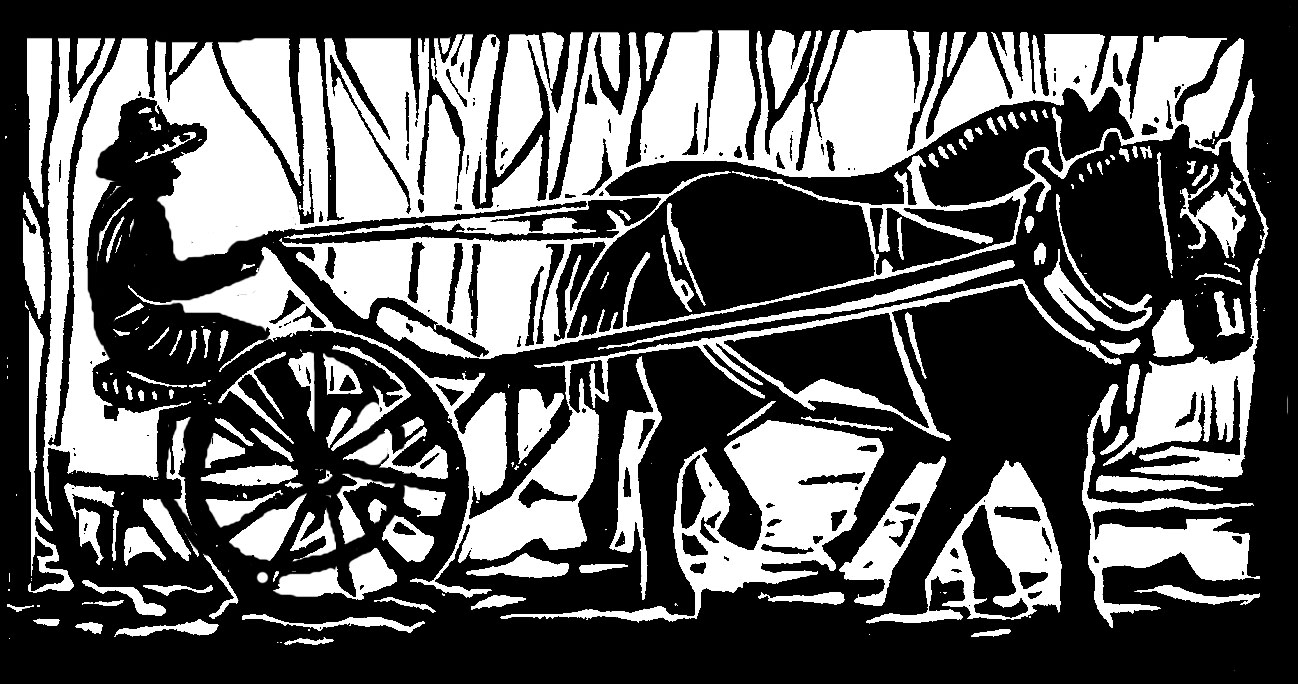Just like the weather, we farmers never quite know what to do in March.
If it's a snowy, cold March day, shouldn't we go out to the nice warm propane-heated greenhouse, and tend to our tender little green seedlings? Or, since it's a snowy, cold day, shouldn't we stay inside, and work on all our unfinished winter house projects?
Then again, if it's a sunny, warm March day, shouldn't we groom our draft horses, who are starting to shed like crazy? Or, since it's a sunny, warm day, shouldn't we stay inside, and work on all our unfinished winter house projects?
But maybe it's a wet, muddy March day, and we should clean out the tool area, in preparation for the garden season? Or, since it's a wet, muddy day, shouldn't we stay inside, and work on all our unfinished winter house projects?
If you were one type of farmer, say the enthusiastic, optimistic, loves new projects and getting things started type, as in my fellow, you would say “Yes! Yes! Yes!” to all the first options in the pairs of questions.
If you were another type of farmer, say the steady, let's pull over and think about it, loves to finish things up and put them tidily away, as in me, you would say “Yes,” very calmly and quietly, and somewhat doggedly, to all the second options.
So what's the perfect solution to March? Well, my fellow farmer could go out to the tender green seedlings and the nice hairy horses and the disheveled tool shed, and I could stay inside and finish all the winter house projects.
But heck, why does he get to have all the fun? What I really want is for both of us to stay inside and finish all the winter projects, and then have fun together with the very beginning of the season. But in March, my fun-loving farmer fellow doesn't think it sounds all that interesting to stay inside and sort papers, or make garden improvement lists, or organize cupboards, or make sewing repairs.
March is time for action! Time to fire up the heated greenhouse! Time to sow the first seeds! Time to groom the horses! Time to clean up the tool area! Time to start getting the horses and farmers in shape for the season, by harnessing and taking little jaunts down the road with the forecart! Now that sounds like fun!
Gee, somehow I can't make all those unfinished winter house projects seem all that interesting either.
Then I have a brilliant idea: what if we do both things at once?
We could water the seedlings in the greenhouse at the same time as we discuss last season, and what went well, and what didn't. Our leeks were great; our tomatoes were not as abundant as usual; the soybeans were fantastic; some varieties of winter squash rotted in the field. We can solve all these problems as we admire our pretty onions and tomatoes and cabbage and bok choy and basil poking their little green heads out of the soil in the flats.
Then too, we could groom the horses at the same time as we think about what projects we still want to finish in the house. Do we really need to go through all our books and clear out some? Or is that kind of a silly idea, we love books, let's let them stay! Likewise, do we really need to go through twenty years of paper tax records, keeping only what is necessary, and tossing the millions of gasoline receipts from 2003? Heck, no, we've still got room in the cupboard; we can stuff a few more years of receipts in there. Meanwhile, look at the pleasure we're giving the horses, as they lean blissfully into the currycombs and brushes.
Plus, when we go outside to get that tool area in shape, we could pretend we're really cleaning out the closets. Now that is brilliant. And when we're taking a little jaunt with the horses, we could pretend we were making sewing repairs. Yes! The possibilities are endless!
Of course, we might not actually, as in tangibly and visibly, get anything accomplished in the house during March. But all that thinking and talking and pretending could well lead to some house project action . . . next winter, for example.
Originally published in the Monadnock Shopper News, March 10 -March 16, 2021
